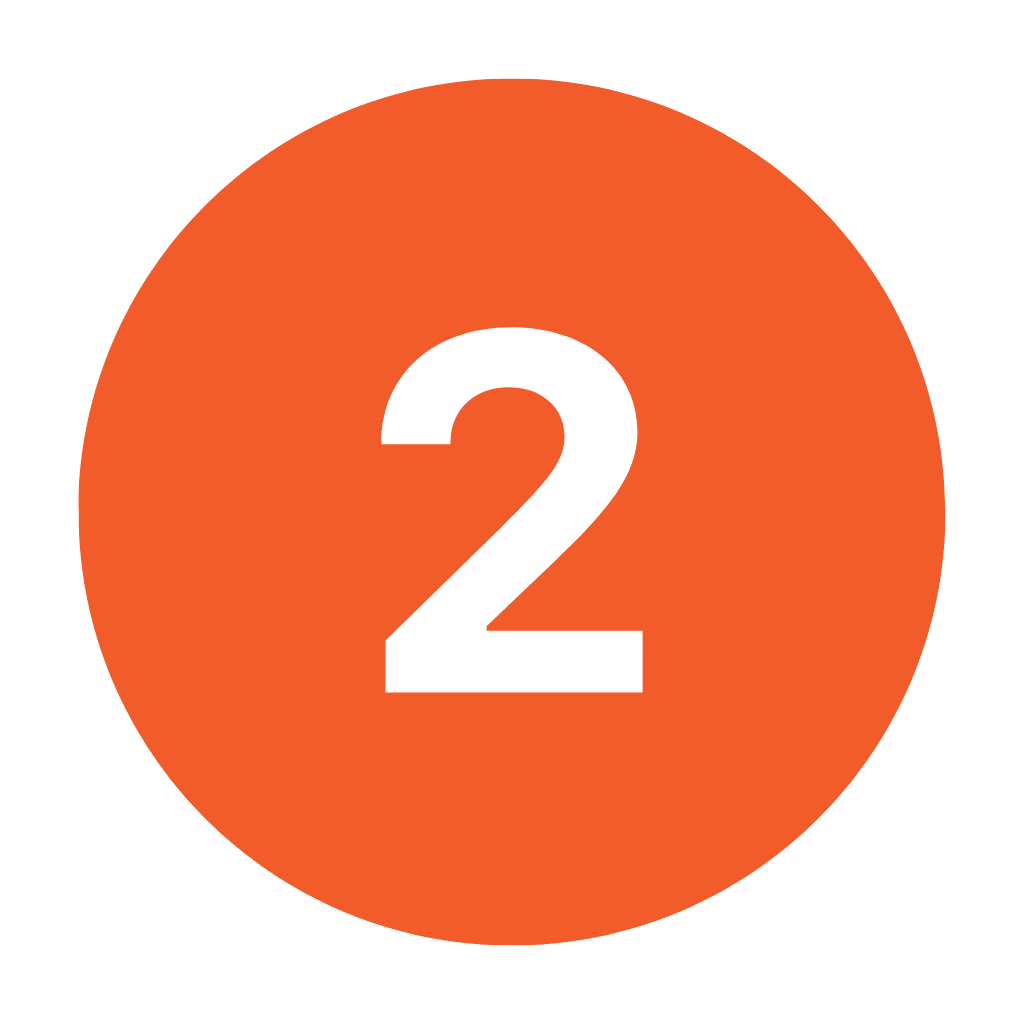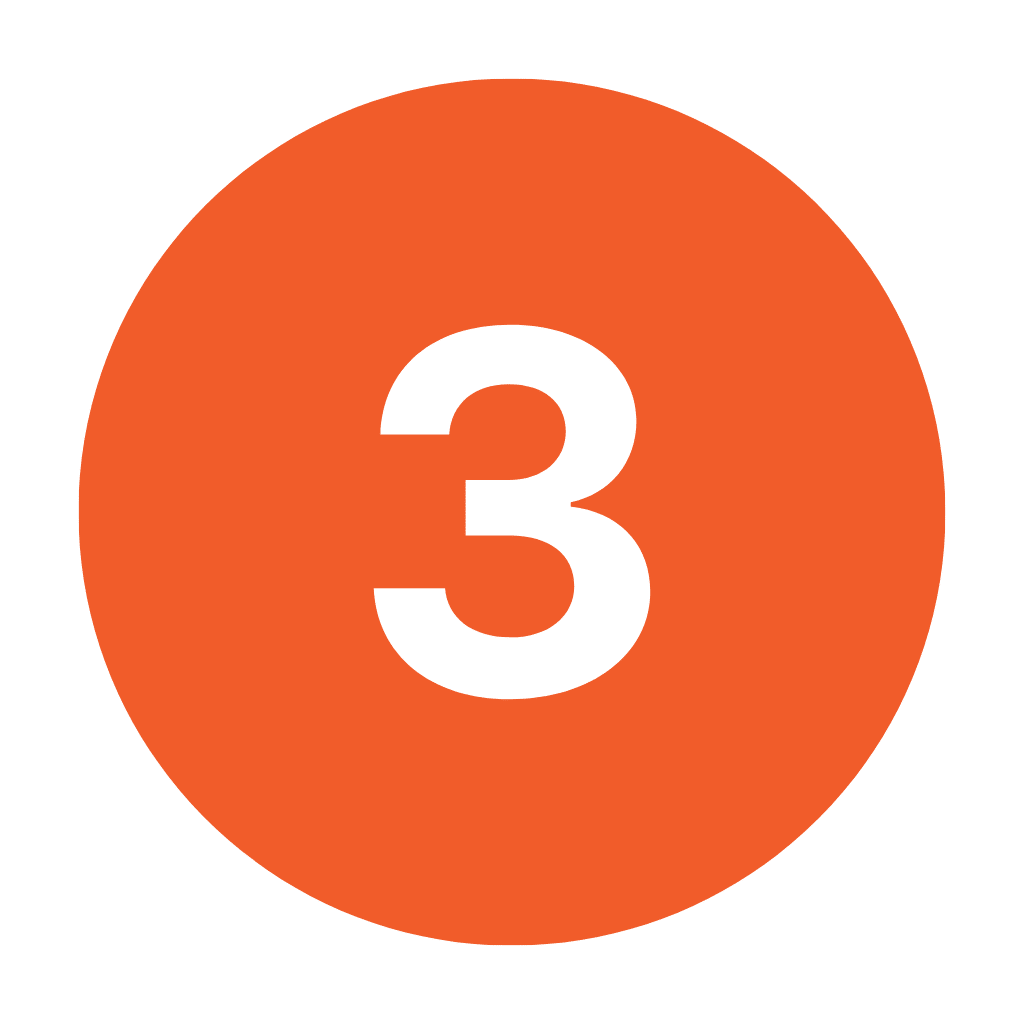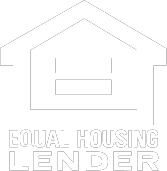Oklahoma
Conventional Loans
Get a Conventional Mortgage in Oklahoma with Scissortail Financial. We’re 5 Star Rated. Ready to Get Started?
Conventional loans are a popular choice for home financing in Oklahoma, offering flexibility and variety to suit different homebuyer needs. Unlike government-backed loans such as FHA, VA, or USDA loans, conventional loans are not insured by the federal government. Instead, they are offered through private lenders, such as banks and mortgage companies.
Lots of people in Oklahoma choose these loans when they want to buy a house. They are good for people who have saved some money and have a good credit score. Conventional loans can be flexible. This means they have different choices for how long you pay back the loan and how much money you need to start.
Understanding these loans is important if you want to buy a home in Oklahoma. They can be a good choice because they might be simpler and cost less in some situations.
Benefits of Conventional Loans in Oklahoma
Conventional loans offer several advantages for Oklahoma homebuyers, making them a popular choice. Here are the key benefits:
- Competitive Interest Rates: Conventional loans often come with competitive interest rates, especially for borrowers with excellent credit scores. This can result in lower monthly payments and overall loan costs.
- Flexible Down Payment Options: While a 20% down payment is not required, conventional loans provide flexibility in choosing your down payment amount. You can put down as little as 3% for some conventional loan programs.
- No Upfront Mortgage Insurance: Unlike FHA loans, which require an upfront mortgage insurance premium, conventional loans do not have this additional cost.
- Private Mortgage Insurance (PMI) Flexibility: If your down payment is less than 20%, you may need to pay for PMI. The good news is that once you’ve built up enough equity in your home, you can request to have PMI removed, potentially lowering your monthly expenses.
- Loan Amount Variety: Conventional loans can accommodate various loan amounts, making them suitable for both modest and high-value properties.
- Availability for Investment Properties: Conventional loans can be used to finance investment properties and second homes, allowing you to diversify your real estate portfolio.
- Potential for Low Closing Costs: Conventional loans may offer the potential for lower closing costs compared to some other loan types.
- Homeownership Education Programs: Programs like HomeReady and HomePossible provide homeownership education and counseling, helping borrowers make informed decisions.
- Less Stringent Property Requirements: Conventional loans often have more relaxed property condition requirements compared to some government-backed loans.
Conventional Loan Requirements in Oklahoma
- Credit Score: Lenders typically look for a minimum credit score of around 620 or higher. A higher credit score can open doors to more favorable loan terms. Your credit score reflects your creditworthiness and financial responsibility. It’s important to maintain a good credit score by paying bills on time and managing debts wisely.
- Steady Income: Lenders want assurance that you have a reliable source of income. This often means having a job or a consistent income stream. Typically, lenders prefer to see a stable employment history for at least two years. This shows that you have a consistent source of income.
- Debt-to-Income Ratio: The debt-to-income (DTI) ratio is a crucial factor in loan approval. Lenders usually prefer a DTI ratio of 45% or lower. The DTI ratio represents the percentage of your monthly income that goes toward paying debts. It helps lenders assess your ability to manage additional mortgage payments.
- Down Payment: While conventional loans are known for their flexibility in down payment requirements, having some initial funds can be advantageous. A down payment of at least 3-5% of the home’s purchase price is often recommended. However, some borrowers may opt for larger down payments to reduce their loan amount and monthly payments.
- Documentation: Be prepared to provide various documents during the loan application process, including pay stubs, tax returns, bank statements, and employment verification. These documents help lenders verify your income, assets, and financial stability.
- Private Mortgage Insurance (PMI): If your down payment is less than 20% of the home’s purchase price, you may need to pay for private mortgage insurance (PMI). PMI protects the lender in case you default on the loan. It’s an additional cost to consider when budgeting for your home purchase.
- Property Appraisal: The property you intend to purchase must undergo an appraisal to determine its market value. The appraisal ensures that the property’s value aligns with the loan amount. Appraisals help prevent overpaying for a property and provide protection for both the borrower and the lender.
Keep in mind that individual lenders may have specific criteria and guidelines. It’s advisable to consult with potential lenders to understand their unique requirements.
Meeting these conventional loan requirements is essential for a successful home purchase in Oklahoma. Additionally, maintaining a strong credit profile, managing debts responsibly, and having a steady income can improve your eligibility and lead to more favorable loan terms.
Types of Conventional Loans in Oklahoma
Conventional loans in Oklahoma offer a range of options to cater to diverse borrower needs. Understanding the various types of conventional loans available can help you make an informed decision when seeking financing for your home. Here are the common types:
Fixed-Rate Conventional Loans
Fixed-rate conventional loans are known for their stability. With this type of loan, your interest rate remains constant throughout the entire loan term. This predictability ensures that your monthly mortgage payments remain consistent, making it easier to budget for your home expenses.
Adjustable-Rate Conventional Loans (ARM)
Adjustable-rate conventional loans offer flexibility in interest rates. These loans typically start with lower initial interest rates, which can be appealing to borrowers. However, the interest rate can change over time based on market conditions, potentially resulting in varying monthly payments.
Conventional 97 Loans
Conventional 97 loans are designed to make homeownership more accessible. They require a minimal down payment of just 3% of the home’s purchase price. This lower down payment requirement can benefit buyers who have limited funds available for a down payment.
HomeReady and HomePossible Loans
HomeReady and HomePossible loans are specialized conventional loan programs aimed at assisting low to moderate-income borrowers. These programs offer reduced down payment requirements and flexible eligibility criteria, making them accessible to a broader range of homebuyers.
Second Home and Investment Property Loans
Conventional loans can also be used to finance second homes or investment properties in Oklahoma. These loans are versatile and can accommodate the unique needs of buyers looking to invest in additional properties. Keep in mind that loans for second homes and investment properties may have different requirements and interest rates compared to primary residence loans.
Get Started With Your FHA Loan Today

1. Take The Home
Buyer Quiz

2. Get
Pre-Approved

3. Start Shopping
For Homes
2024 Oklahoma Conventional Loan Limits
In 2024, the conforming loan limit for conventional loans in Oklahoma is set at $766,550. This limit is crucial because it determines the maximum amount that can be borrowed through loans that conform to the guidelines set by Fannie Mae and Freddie Mac, the two major government-sponsored enterprises in the mortgage market.
What does this mean for homebuyers and homeowners in Oklahoma? Essentially, it allows buyers to purchase or refinance higher-priced homes without having to take out a jumbo loan, which typically comes with higher interest rates and stricter qualification requirements. Conforming loans, on the other hand, often offer more favorable terms and lower rates.
This increase in the loan limit reflects rising home prices, making it possible for more people to access financing for homes within this higher price range while still benefiting from the advantages of conforming loans. If you’re looking to buy a home or refinance your mortgage in Oklahoma, this new limit could help you secure better loan terms.
Home Loans
Oklahoma Mortgage Programs
Excellent service-
Did a excellent job twice home purchase and a refinance. It was at a minimal cost and saved us money on the monthly mortgage payment. Thanks guys! Great job!
How To Apply For a Conventional Loan in Oklahoma
Applying for a conventional loan involves several steps, from gathering documents to selecting a lender. Here’s a guide to help you navigate the application process:
- Check Your Credit: Start by reviewing your credit report and credit score. Aim to improve your credit score if necessary, as a higher score can lead to better loan terms. Correct any errors on your credit report.
- Determine Your Budget: Calculate how much you can comfortably afford for your monthly mortgage payment, including taxes and insurance. This will help you set a budget for your new home.
- Save for a Down Payment: Determine the down payment amount you’ll need for the loan. While conventional loans offer down payment flexibility, a larger down payment can result in better terms and lower costs.
- Gather Financial Documents: Lenders will require various financial documents, including recent pay stubs, W-2 forms, tax returns, bank statements, and investment account statements. Organize these documents for easy access.
- Choose a Lender: Research and compare lenders in Oklahoma. Consider factors such as interest rates, fees, reputation, and customer service. Prequalify with multiple lenders to explore your options.
- Prequalification: Contact your chosen lender to start the prequalification process. Provide your financial information and let the lender assess your eligibility. Prequalification can give you an idea of the loan amount you may qualify for.
- Loan Application: Once you’ve chosen a lender, complete the formal loan application. You’ll need to provide detailed information about your finances, employment, and the property you intend to purchase or refinance.
- Property Appraisal: The lender will order an appraisal of the property to determine its value. The appraisal is crucial for finalizing the loan terms.
- Underwriting: The lender’s underwriting team will review your application, financial documents, and the property appraisal. They will assess your creditworthiness and ensure that the loan meets all requirements.
- Loan Approval: If your application is approved, you’ll receive a loan approval letter specifying the loan terms and conditions. Review these carefully.
- Closing: Schedule a closing date with the lender and other relevant parties. During the closing, you’ll sign the necessary documents, pay closing costs, and receive the keys to your new home or complete your refinance.
We're Your Oklahoma Mortgage Brokers
FAQ's
Oklahoma Conventional Loan FAQ’s
A conventional loan is a mortgage not backed by a government agency (such as FHA or VA). It relies solely on the lender’s terms and is often ideal for borrowers with good credit and financial stability.
While specific requirements can vary among lenders, a credit score of 620 or higher is often required for conventional loans. However, a higher credit score can lead to more favorable loan terms.
PMI is insurance that protects the lender in case the borrower defaults on the loan. It’s required when the down payment is less than 20% of the home’s purchase price. Once you’ve built enough equity, you can request to have PMI removed.
Conventional loans offer flexibility in down payments. While 20% is ideal to avoid PMI, some borrowers may qualify with a down payment as low as 3% (Conventional 97 loans). The specific down payment requirement may depend on factors like credit score and loan type.
Yes, some down payment assistance programs may be available, depending on your location and financial situation. These programs can provide grants or loans to help cover down payment costs.
Self-employed borrowers may need to provide additional documentation, such as tax returns and profit-and-loss statements, to verify income and financial stability. A stable income history is crucial.
Yes, conventional loans can be used for investment properties and second homes. However, the requirements and terms may vary, so it’s essential to discuss your specific situation with a lender.
Closing costs for conventional loans typically include lender fees, appraisal fees, title insurance, attorney fees, and more. Buyers should budget for these expenses.
The timeline can vary, but the conventional loan application process typically takes 30 to 45 days from application to closing. Factors like document submission and property appraisal can influence the timeline.
